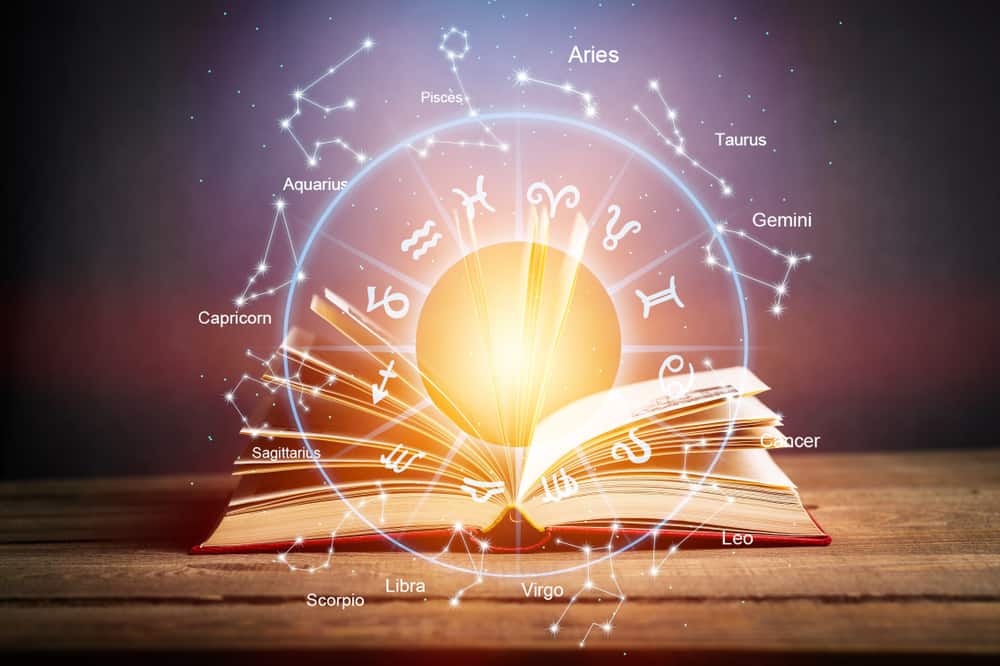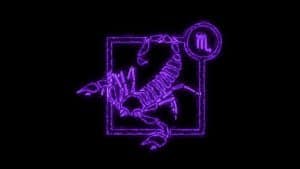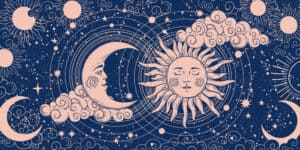
There are different branches and schools of astrology. How do you know which one is right for you?
Always trust your gut feelings when choosing which path to follow. Among the oldest and most respected astrology traditions is Vedic astrology. What is it exactly?
Vedic astrology is a branch of the Vedas, an ancient body of Hindu texts. The Vedas are a collection of hymns, prayers, and other sacred texts dated between 1500 and 1000 BCE. It is based on the belief that the position of the planets and stars at the time of birth can influence our lives.
There are many different branches of Vedic astrology, but all share the same basic principles. These principles state that there are 12 zodiac signs, each ruled by a different planet.
The planets influence our personalities and destiny. Astrologists can use the position of the planets at the time of our birth to make predictions about our future.
You can use Vedic astrology to predict events such as marriage, children, career, and finances. You can also use it to understand our past lives and karmic debts.
Below, we will cover Vedic astrology concepts in more depth. We will also explain how this branch of astrology is different from Western astrology.
Vedic Astrology vs. Western Astrology

Vedic astrology is less well-known in the western world than Western astrology. However, it is gradually gaining popularity as more people become interested in eastern spirituality and alternative prediction methods.
Vedic astrology and Western astrology are two different systems of astrology. Vedic astrology is more ancient and uses a different method of calculating planetary positions.
It also places more emphasis on the moon sign than the sun sign. Western astrology is more popular in the western world and focuses primarily on the sun sign.
Vedic astrology was first mentioned in the Vedas, an ancient body of Hindu texts. Western astrology is thought to have originated in Babylon around the 2nd millennium BCE. The Greeks and Romans later adopted it.
Both of these astrology schools are based on the belief that the positions of the planets at the time of our birth influence our lives. The movements of the planets are said to be linked to certain events that occur in our lives.
While there are some similarities between Vedic and Western astrology, there are also some significant differences.
11 Core Concepts of Vedic Astrology

Vedic astrology is not just about making predictions but also about self-awareness and understanding our place in the universe. By understanding the planetary influences in our birth chart, we can learn more about ourselves and the world around us.
To start your journey of self-discovery, you must know these 11 most important Vedic astrology concepts.
1. Zodiac Signs
There are 12 zodiac signs in Vedic astrology: Aries, Taurus, Gemini, Cancer, Leo, Virgo, Libra, Scorpio, Sagittarius, Capricorn, Aquarius, and Pisces. A different planet rules each sign.
Your zodiac sign impacts your character traits, life path, and personality.
2. Planets
There are nine planets in Vedic astrology: Sun, Moon, Mars, Mercury, Jupiter, Venus, Saturn, Rahu, and Ketu.
The Sun and Moon are considered “luminaries,” while the remaining planets are called “grahas”.
3. Houses
There are 12 houses in Vedic astrology, which represent different areas of life:
- 1st house – self,
- 2nd house – family,
- 3rd house – friends,
- 4th house – home,
- 5th house – children,
- 6th house – health,
- 7th house – marriage,
- 8th house – death,
- 9th house – luck,
- 10th house – career,
- 11th house – friends,
- 12th house – spirituality.
Depending on the placement of the planets in your birth chart, a Vedic astrologist can tell you more about your possible life experiences.
4. Birth Chart
A birth chart is a map of the heavens at the time of birth. It is used to calculate planetary positions and predict our future.
A Vedic Astrology birth chart differs from a traditional Western one. It considers the 27 Nakshatras, or star constellations used to calculate a person’s destiny.
5. Ascendant
The ascendant is the sign rising on the eastern horizon at the moment of the person’s birth. It represents our physical body and personality.
6. Moon Sign
The moon sign is the sign that the moon was in at the time of our birth. It represents our emotions and our subconscious mind.
7. Navamsa Chart
The navamsa chart is a divisional chart used to predict marriage and partnership. It is also used to determine our spiritual path in life.
The navamsa chart is divided into nine parts, each representing a different aspect of our lives.
8. Vimshottari Dasha
The vimshottari dasha is a predictive technique used to calculate the timing of major life events. It is based on the position of the planets in our birth chart.
9. Muhurta
Muhurta is a practice that is used to choose an auspicious time for important events. It includes things like marriage, travel, and starting a business.
Many factors go into choosing the right time for an event, and it is important to consider them to make the best decision possible. Astrological alignment is one of the most important considerations when choosing a time.
Different alignments can bring different benefits or consequences to an event.
10. Transit
Transit is the movement of the planets through the zodiac signs. It is used to predict how our life will progress over time.
You can use it to help us understand which areas of our life will be most affected at any given time, and it can help us make better decisions to navigate our life path more smoothly.
11. Nakshatras
There are 27 Nakshatras or Lunar Mansions, divided into four main groups or ‘pada’.
The first group is known as the ‘Ashwini’ Nakshatras, the second group is known as the ‘Bharani’ Nakshatras, the third group is known as the ‘Krittika’ Nakshatras, and the fourth group is known as the ‘Rohini’ Nakshatras. Each of these groups contains seven stars.
The Nakshatras are believed to be very important in Vedic astrology and are used for making predictions about an individual’s life. They are also used to determine an individual’s lucky and unlucky days.
Summary
Many skeptics do not believe that astrology can make accurate predictions. However, many believers swear by its accuracy. Always trust your gut instinct to tell what is true for you and whether these predictions apply to you.
When you learn to trust your instinct, your senses get sharper, and your ability to hear your intuition expands. Vedic astrology has helped millions of people throughout history, and if you are open to it – it is likely to help you as well!









